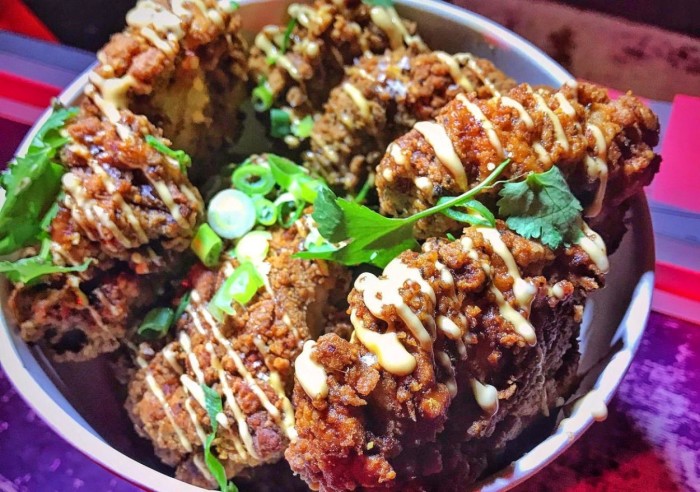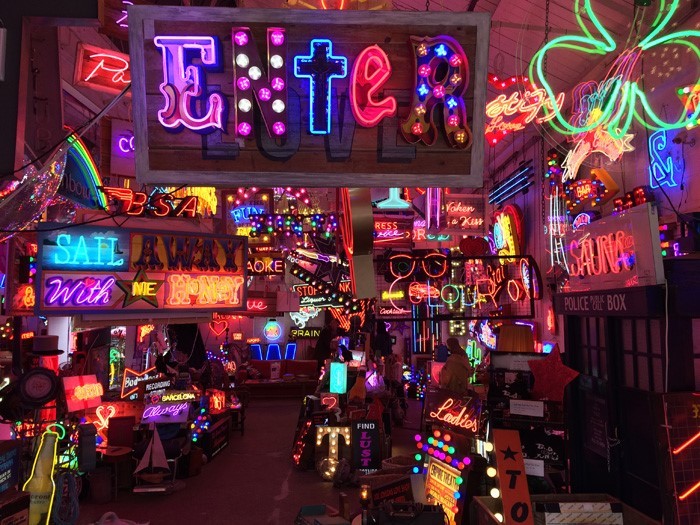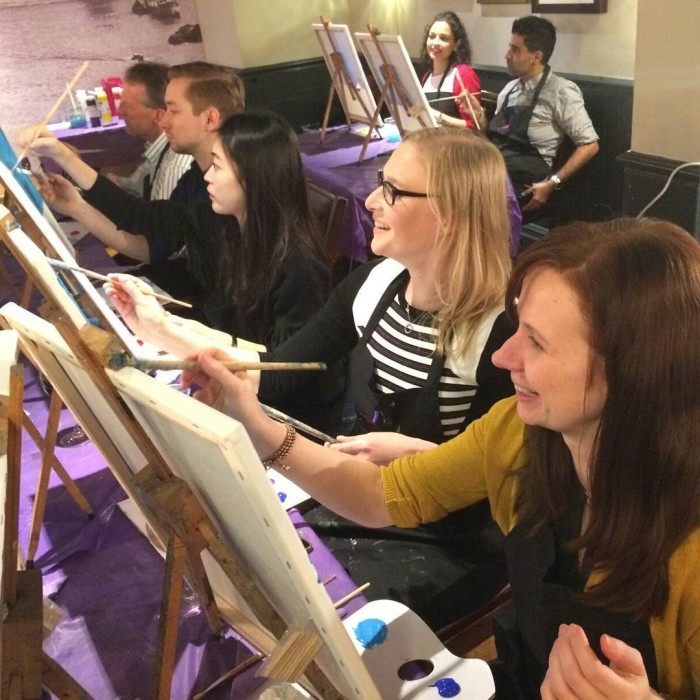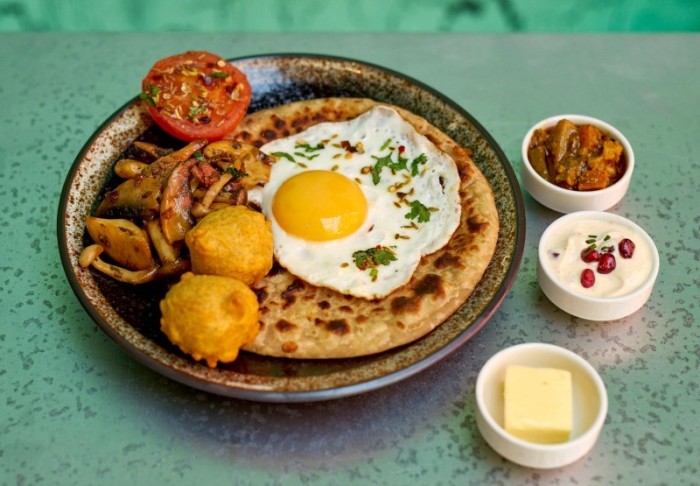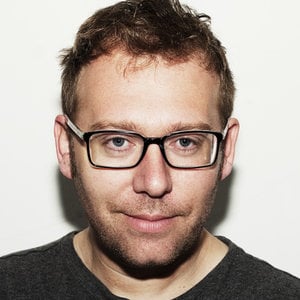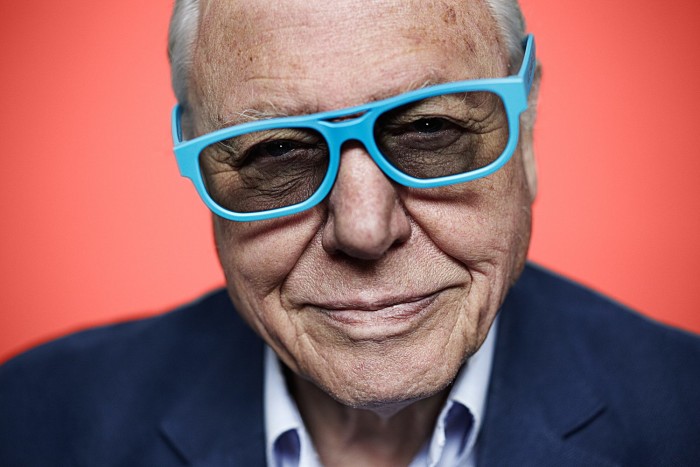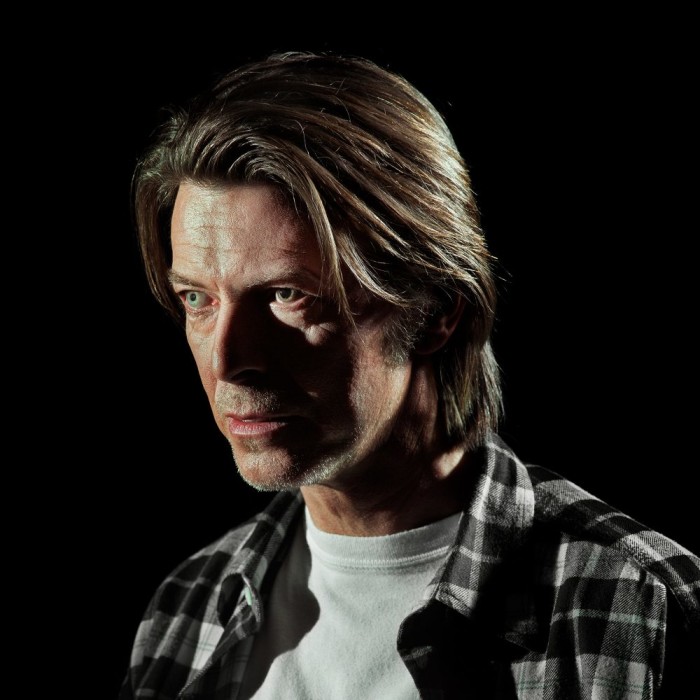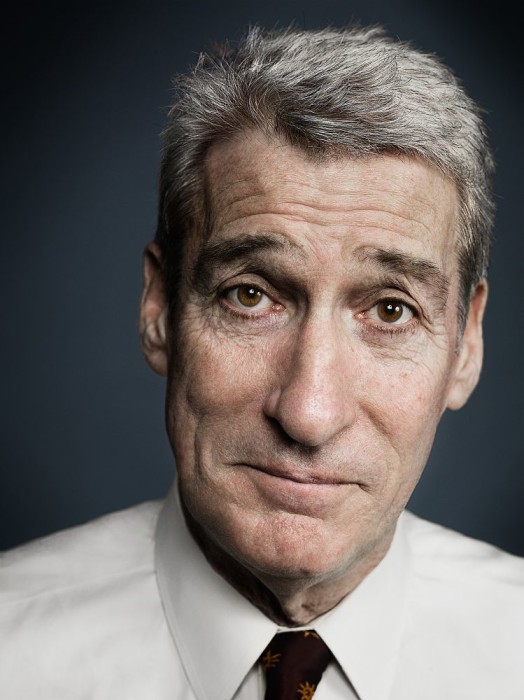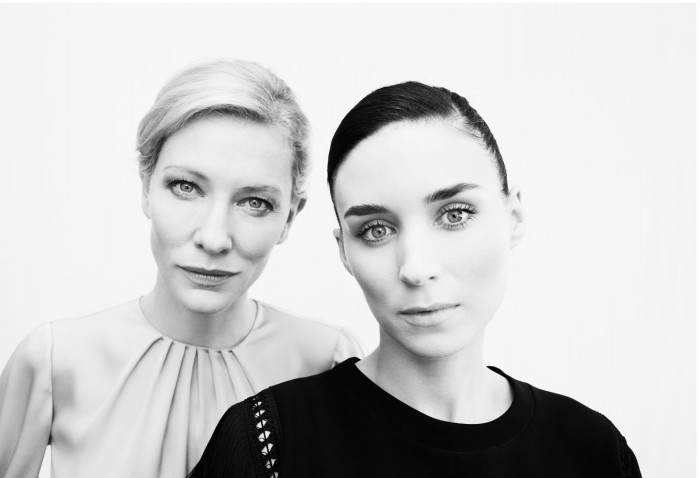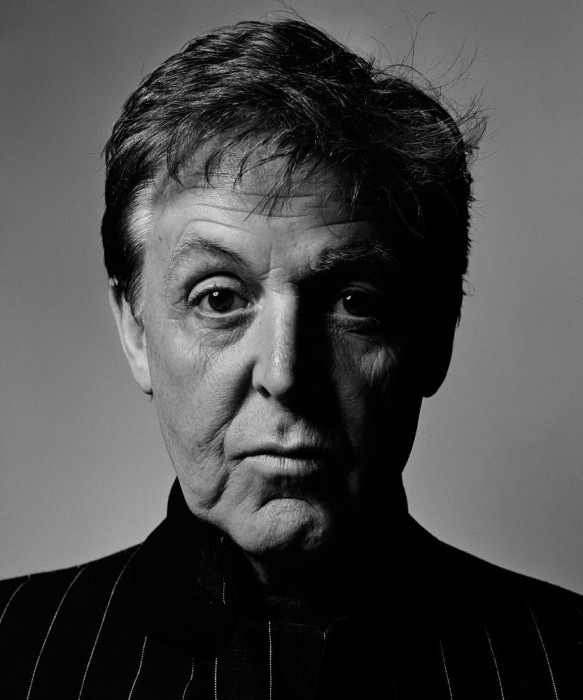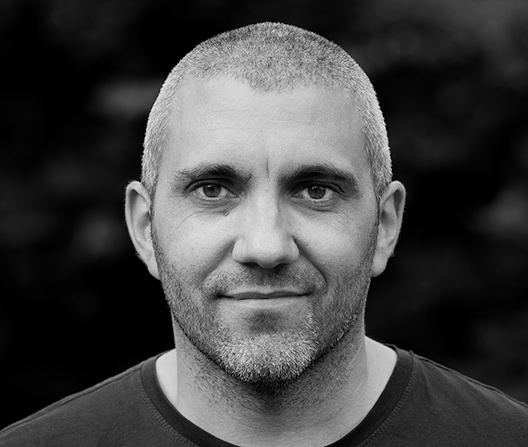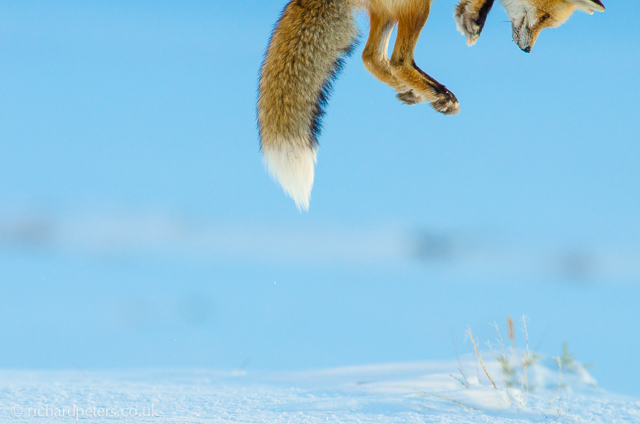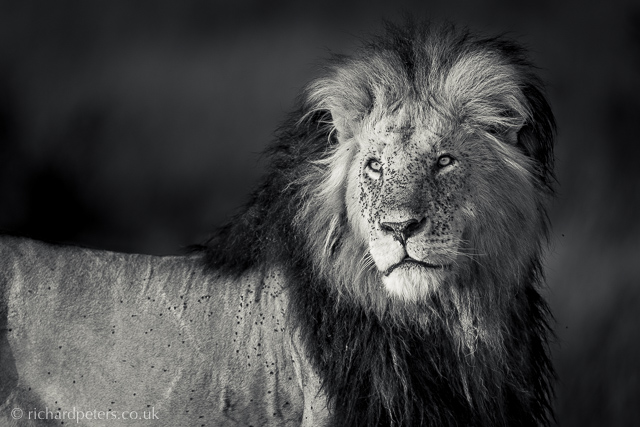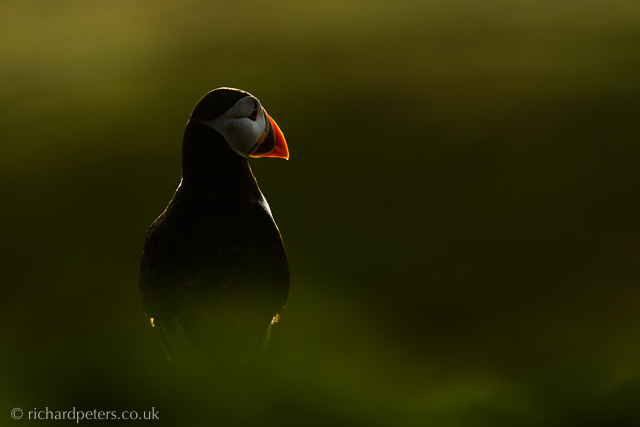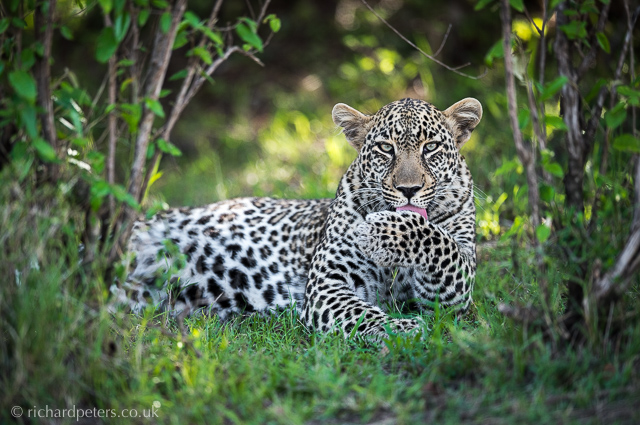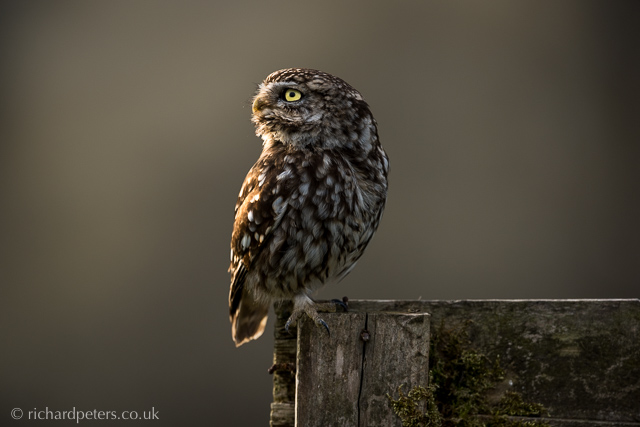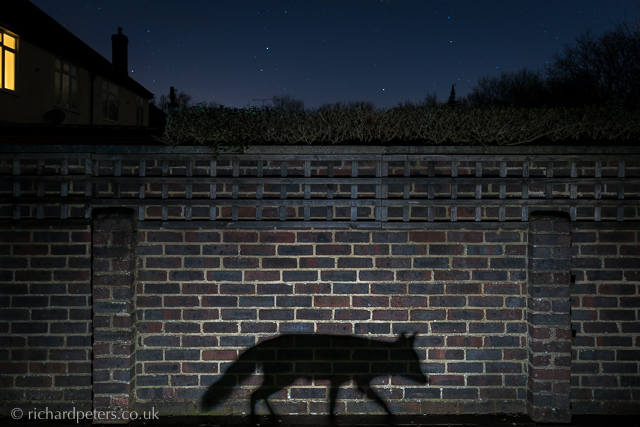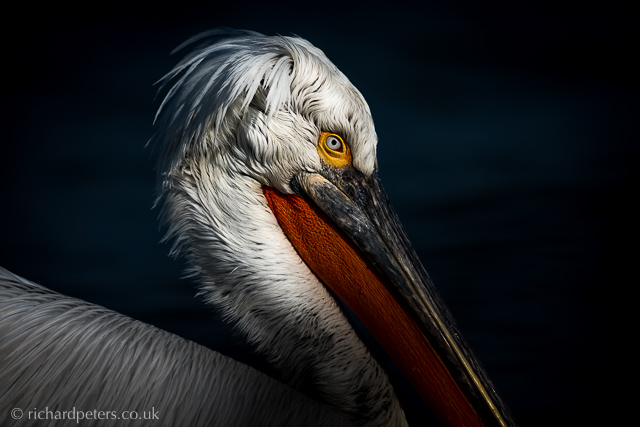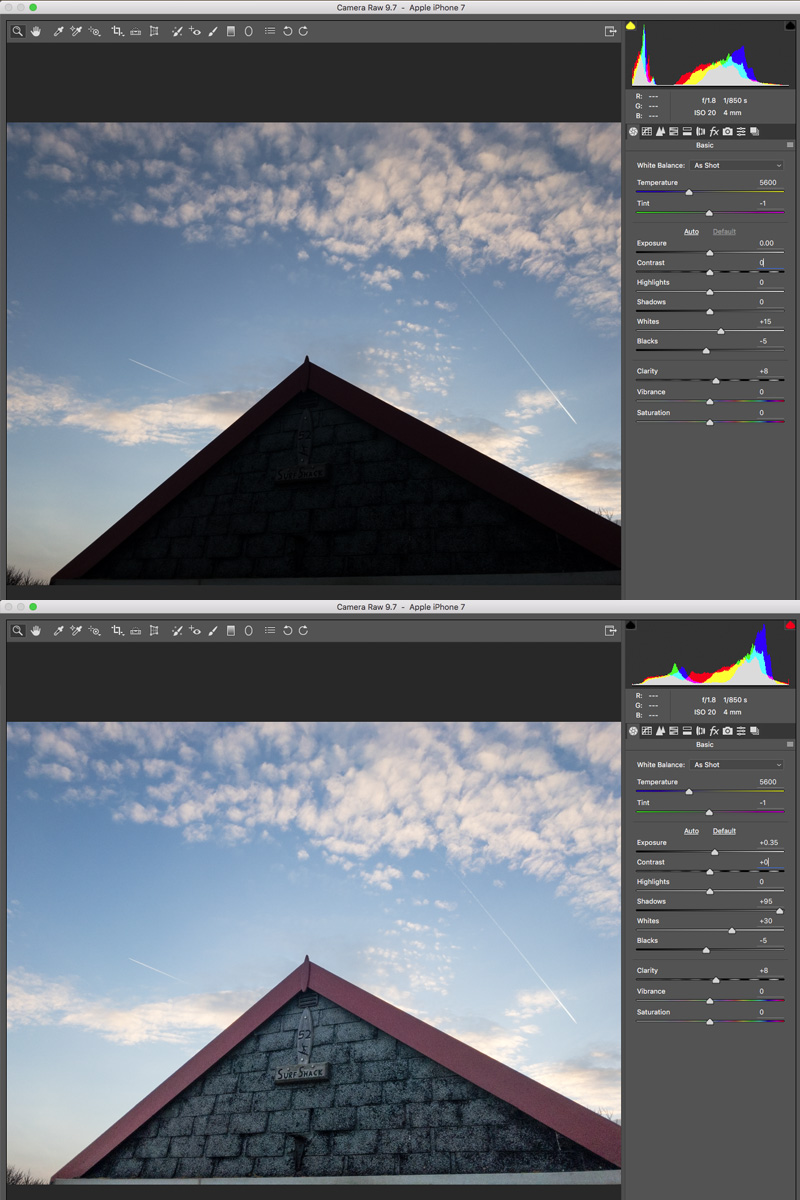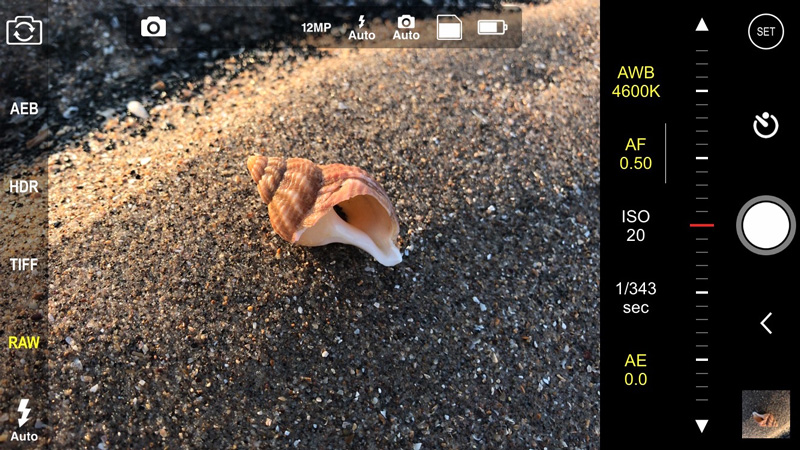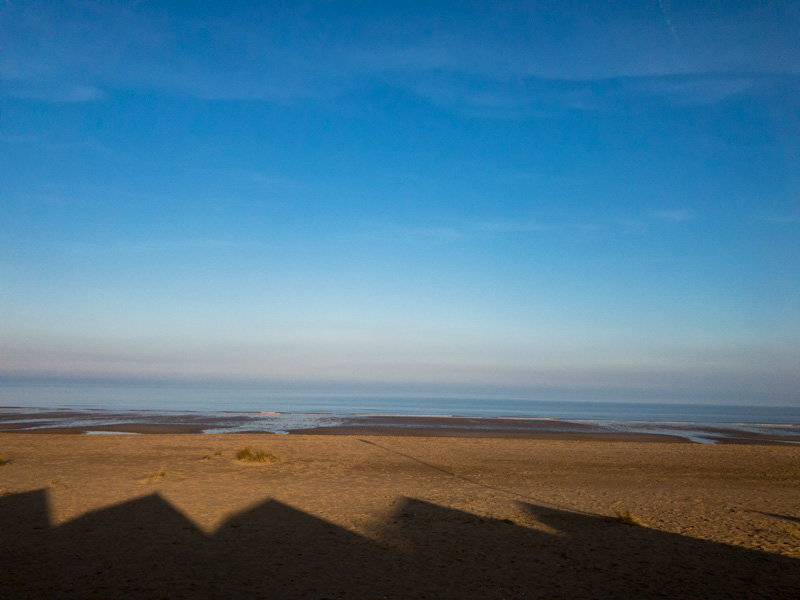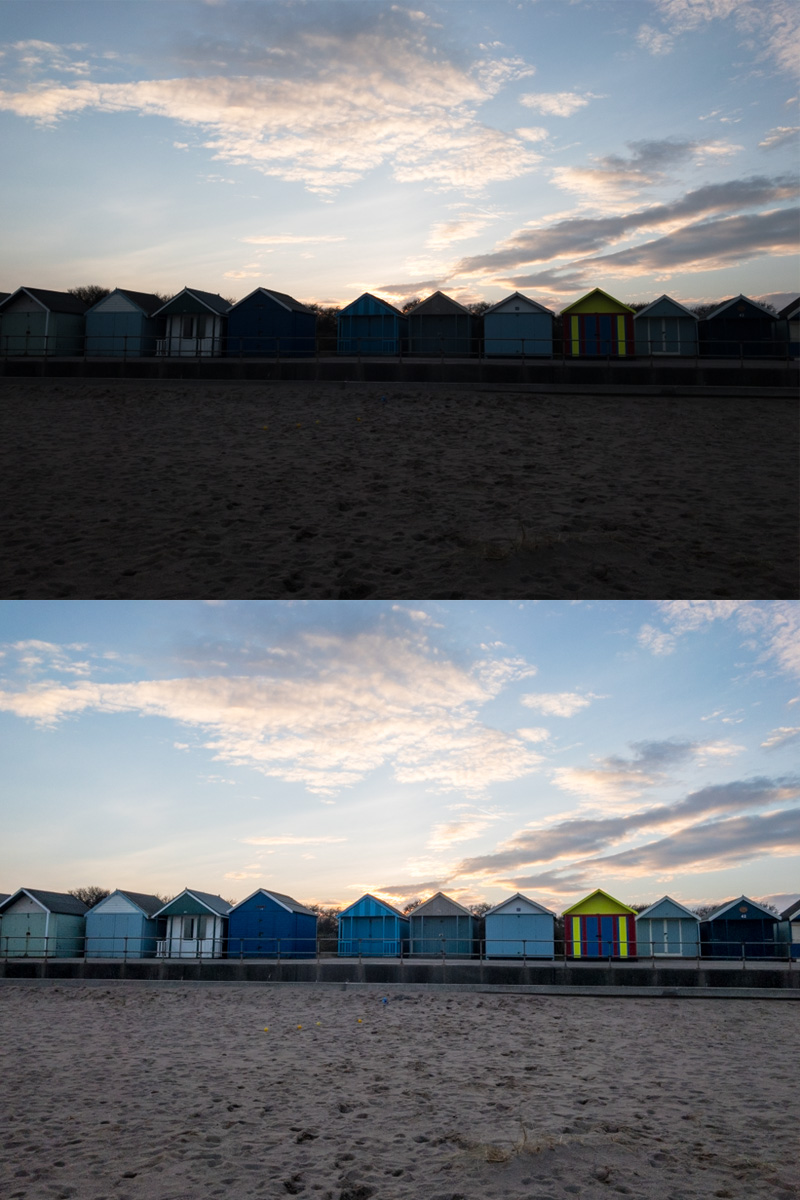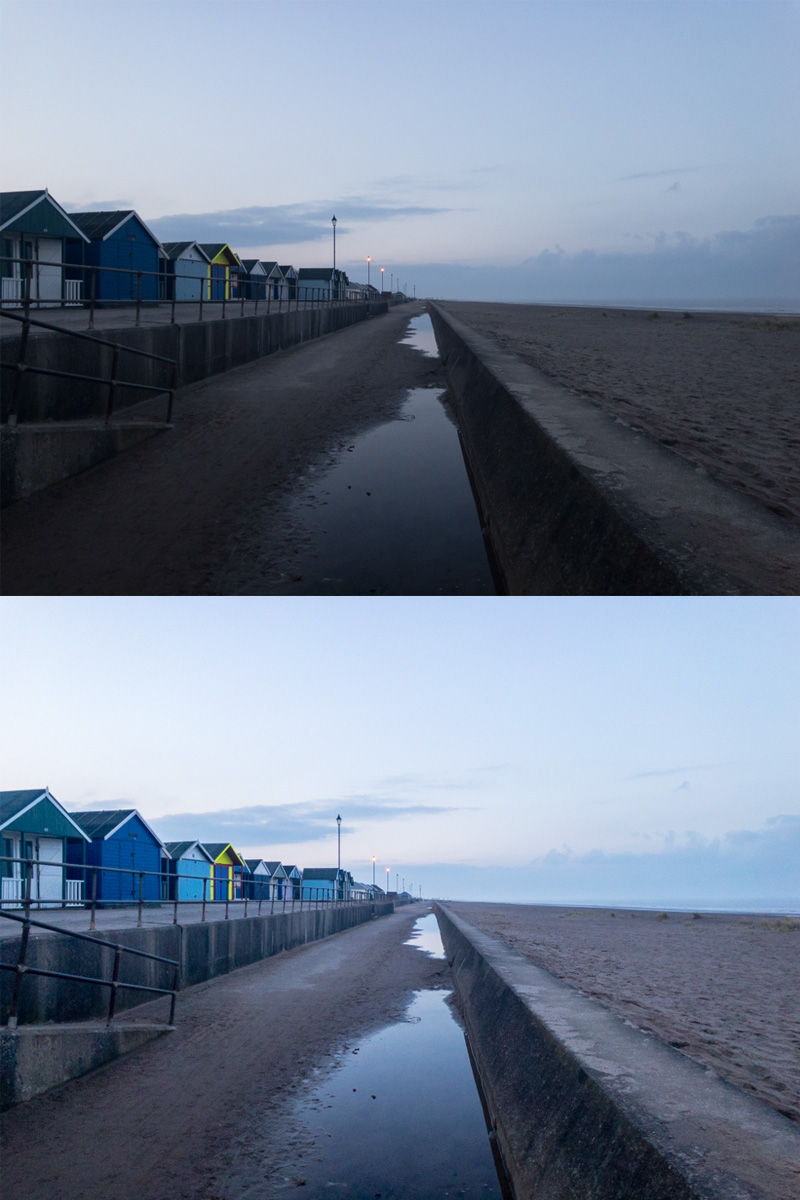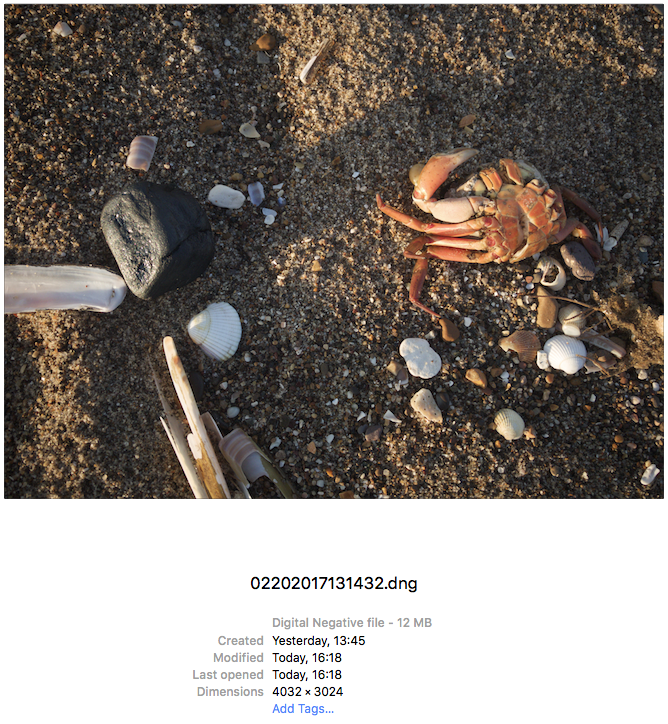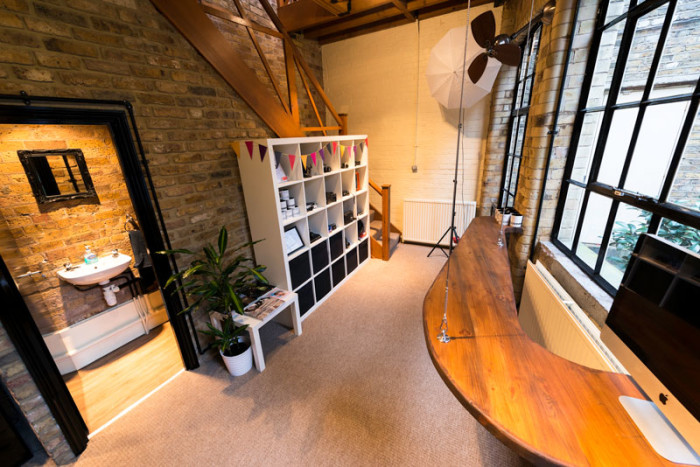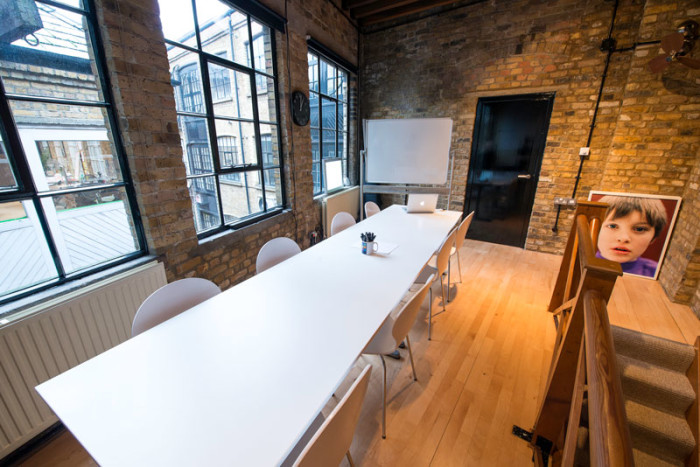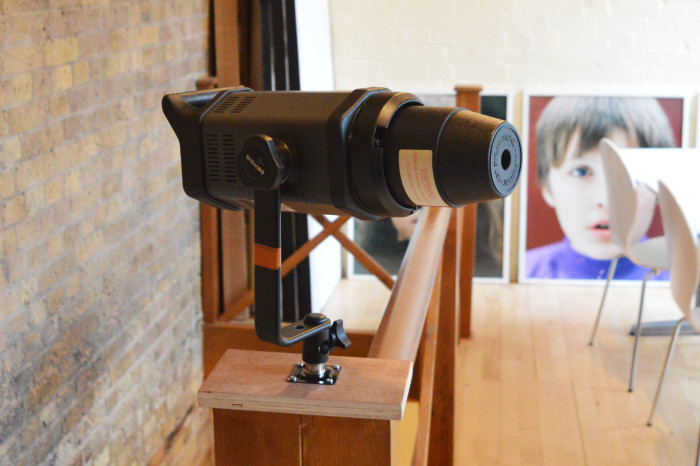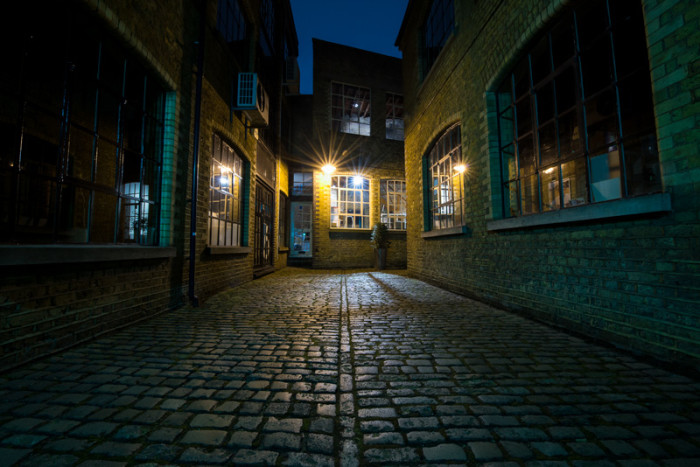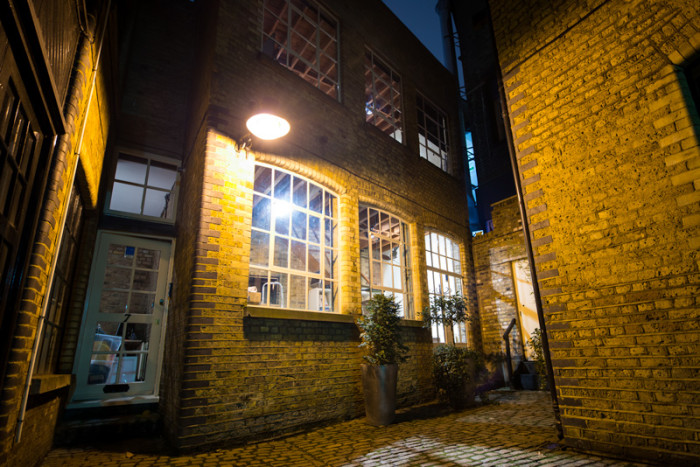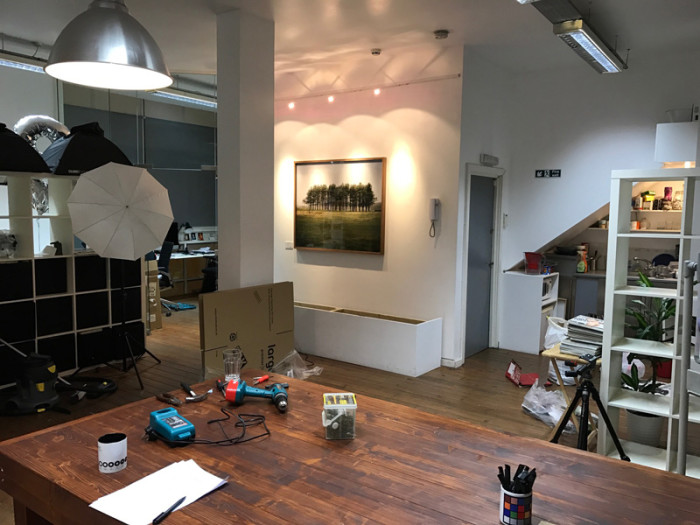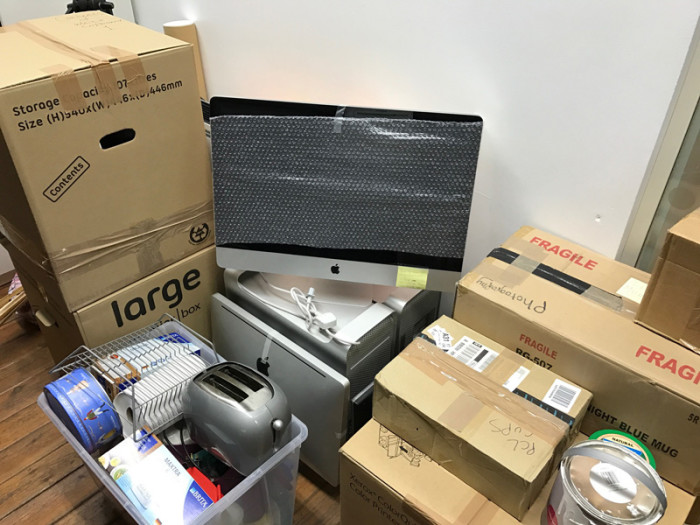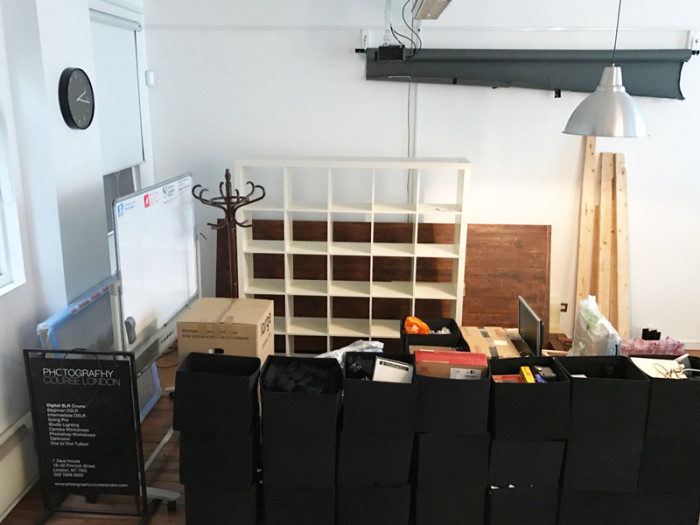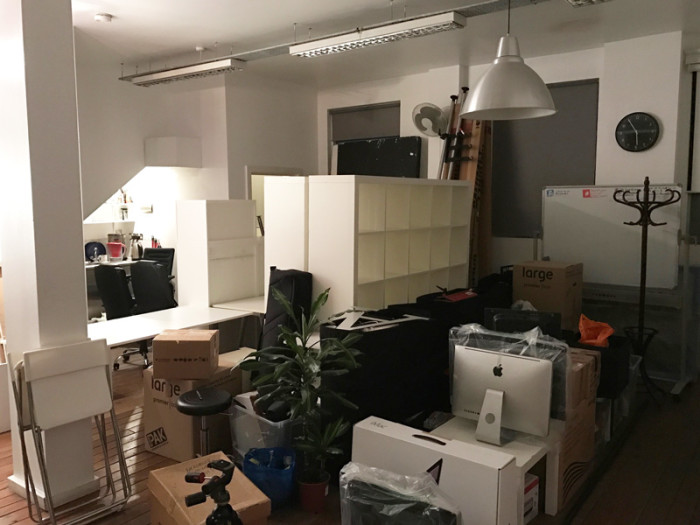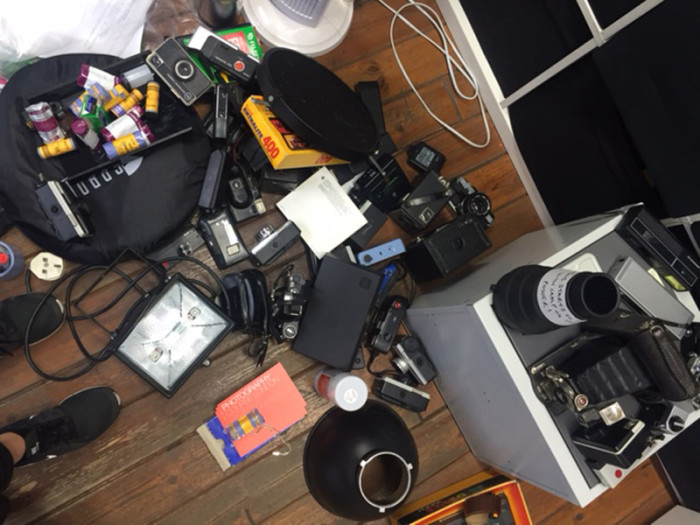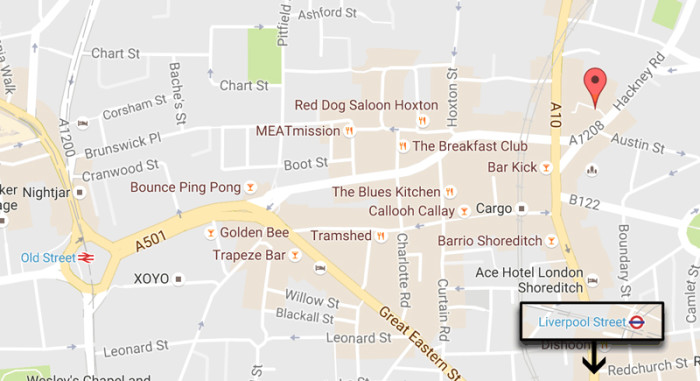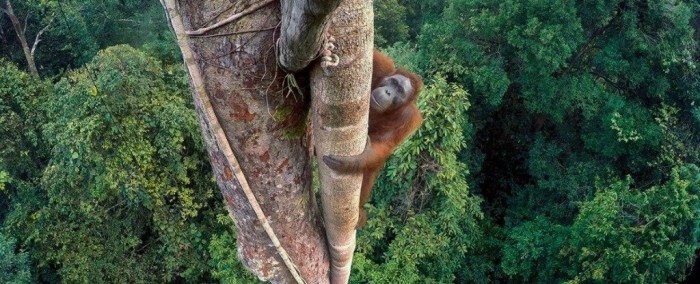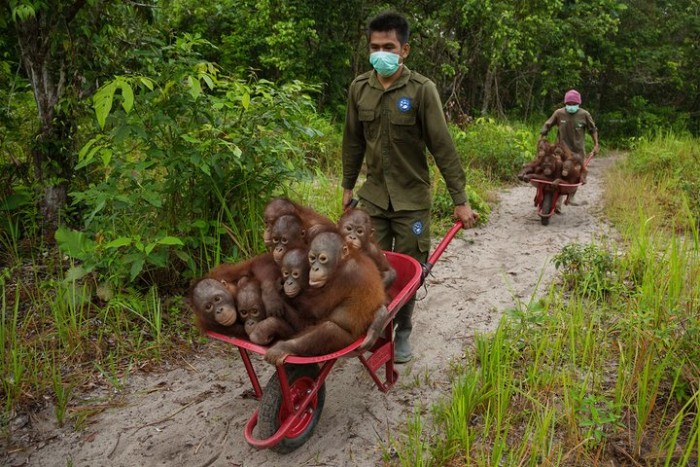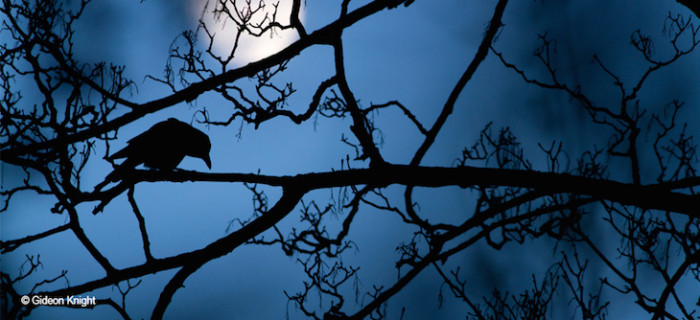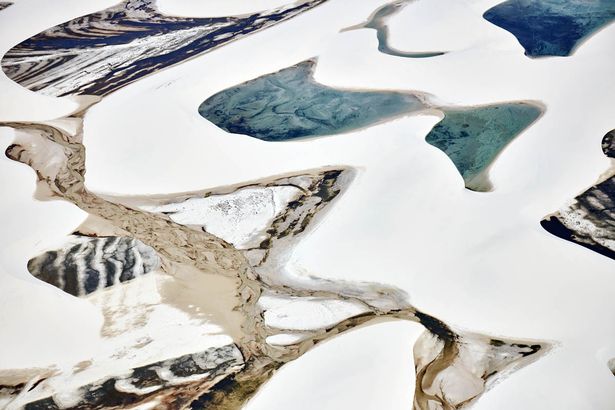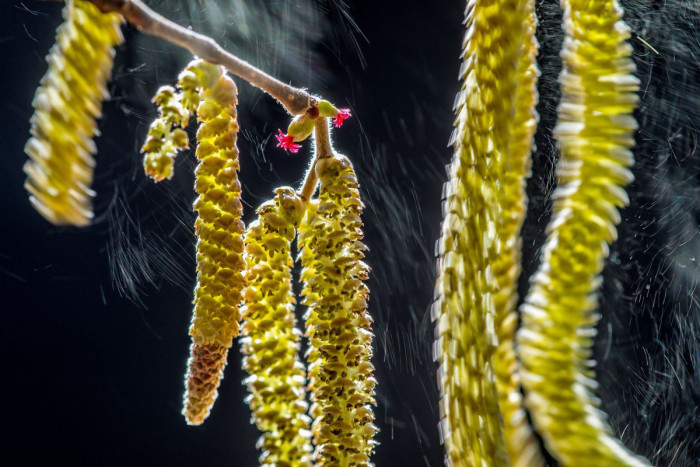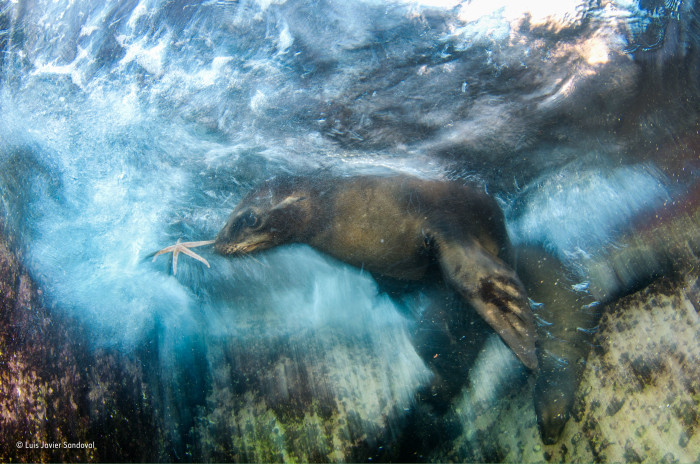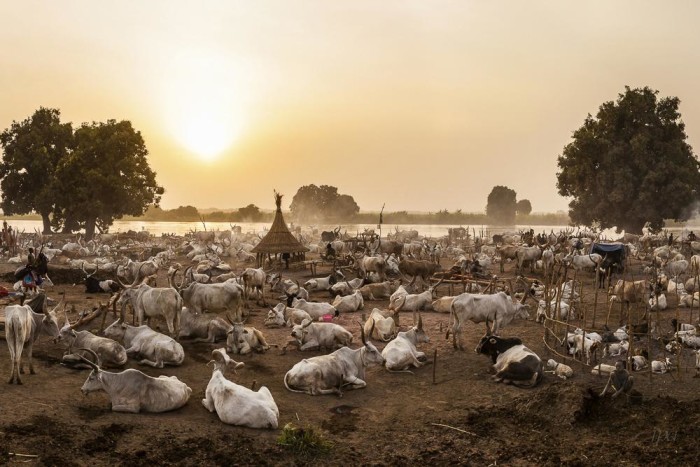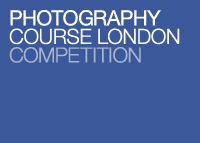In the first of a new interview series we have coming to the blog, we spoke with photographer Tariq Zaidi. Tariq is an amazing travel & documentary photographer whose work has won multiple international awards along with featured articles published by the BBC, National Geographic, LA Times and CNN. He even occasionally gets a chance to teach on our Advanced DSLR Photography course when he is not out shooting! We sat down with Tariq to discuss his photography career to date, current and upcoming projects and what inspires his practice.
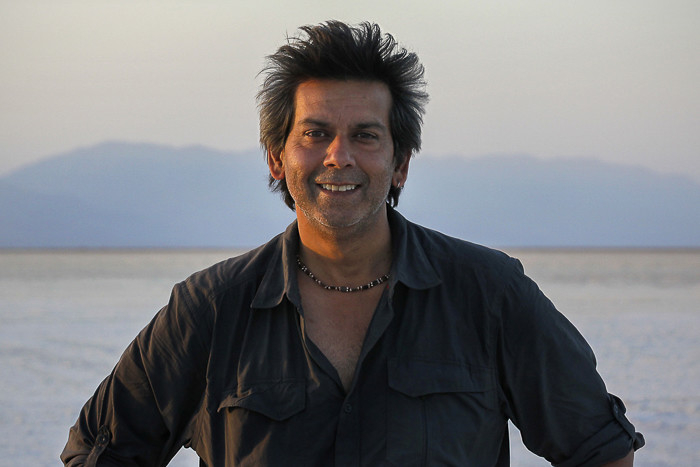
How did you first get into Photography & for those who don’t know, can you tell us a little bit about yourself and your practice as a photographer?
“As a kid I got my first camera when I was 14, a Yashika FX3. I was just taking snaps, wanting to become a photographer and work with National Geographic. I also started going to exhibitions and looking at books from a young age. I then went to university and did all kinds of different things. I was an English teacher for a long, long time, I went through all kinds of different jobs, including the corporate environment as well.
Over the years I used to travel a lot, my aim was to see the world, as many places as I could. Travelling with a small backpack and just going. I did that for many years and fell in love with looking at different cultures, languages, falling in love with the world. I didn’t take my camera with me all the time, but my friends & family saw my photographs and said they’re amazing, but you just say ‘yeah yeah’, obviously they are going to say that.
I thought the best way to test how good I am, if at all, is to enter a competition pretty much anonymously, it was an international competition. I won first prize and was like wow ok, is this a fluke?! So I entered another one and won first prize again and was like ok, maybe I’m not that bad?! So I entered another one and another one and I kept on winning first, second or third prize and I thought ok, giving that the jury is anonymous, they don’t know me from Jack, I must have something going. I started to believe in myself. It’s always good to get family support, but the only way to really get a judgement call on you photographs is through other photographers and entering competitions. When you do well you have something nobody can take away from you and that gave me tremendous confidence to the extent that I quit my job in January 2014. I was so sick of the corporate environment, it was just killing me and I felt like I was going to die if I kept doing this, I need to live, do what I love and give it a shot.
A friend of mine who is a professional photographer, who is very successful said to me ‘Do you know how hard it is to become a professional photographer? Because just in London alone there are something like 22,000 photographers who are trying to make a living, you are just not going to make it, its just so hard. Before you quit your job make sure you have enough money to somehow survive for the next three to five years because you are not going to get anywhere for at least 5 years and thats if you are damm good & lucky’. You know what, I just said ‘perfect’ I love that challenge and I’m going to go for it irrespective of what you say. I set myself targets and financial budgets, like I can only spend this much this year as I need to buy a computer, I need to buy software, I need to buy a camera, it all costs a lot of upfront money. I knew I needed to sell my photographs so at least I’m not loosing money. The last thing I wanted to do is lose a job I can probably never go back to and get into debt. I wanted to make it a successful business and my idea of success was not loosing money for the next five years.
I was very lucky, I had a tremendous amount of success for a beginner in my first year. I was involved in multiple assignments, I was lucky enough at that time to be teaching for PCL and at UCL, people were buying my photographs, I was getting published and things just flew! Even though my target for year one was not too loose money, I actually made some money, enough to try another year and then another and well, here we are now”.
Amazing! So what is your favourite place to travel to and why?
“Africa, as many parts are not photographed. It’s also physically challenging. A lot of places I go to in Africa, its sleeping in tents, theres no water, there are no toilets, you are out in the middle of nowhere. But, the people you meet, the environment and generally the images that come out of that environment can be amazing.
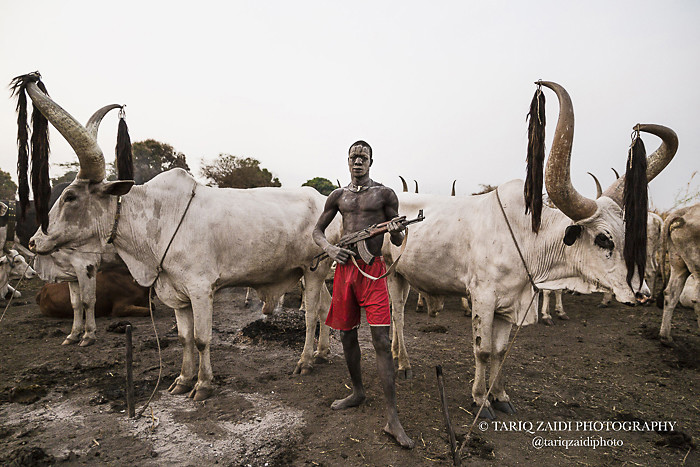
Given that south Sudan is slightly on the dangerous side, there aren’t that many photographers rocking up. There are some quite remarkable people who live in that environment, but its not documented that well. This is what I love to do, try and take pictures of people in environments that are not that well documented. Another reason is that I am drawn to disappearing cultures, environments, people whose cultures are fighting to survive with modernity all around.
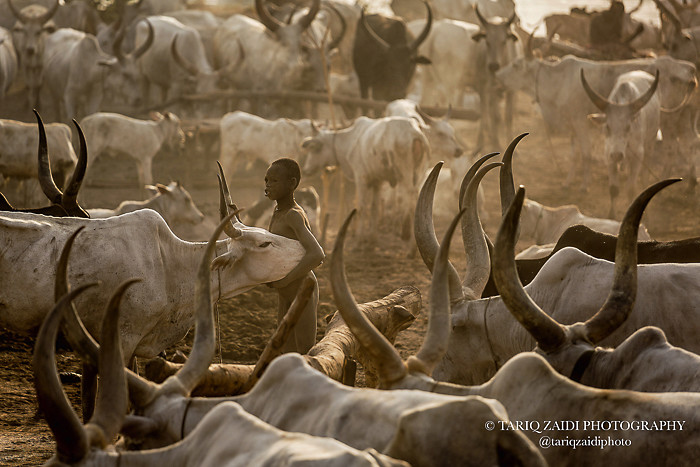
I’m not a teacher or trying to be a wise person or anything. But through my photographs and through the stories I end up showing people quite amazing things. That is a wonderful driver and motivator to my passion. Occasionally somebody comments on one of my Instagram’s or Facebook posts saying ‘Thank you for sharing these images. I never knew this culture existed, it’s amazing’. That is a massive driver for myself. We can be out in the middle of the jungle, the forest, the desert to try and capture these environments. Most photographers who do end up in these environments are looking for that one iconic image and then that’s it. Well, hang around for a week, two weeks, three weeks, a month, it’s very different. That’s what I prefer to do”.
Be sure to check out the links below for full Articles on Tariq’s work.
Mundari – South Sudan
Mentawai – Indonesia
Wodaabe – Chad
Everyone in the office loved your project from Mongolia on the Eagle Hunters. Can you tell us a little bit more about the trip?
“I’ve been to Mongolia many times. The first time was in my travel phase as it were. I hitch-hiked across Mongolia in winter, which was definitely not the smartest thing I’ve done in my life! While I was hitch-hiking I saw an Eagle Hunter on a horse and I was completely blown away. When I saw that I told myself, I’ve got to come back and find out more about these guys. I then went back in 2014 and spent about a month there. In 2015 I spent another month there. I try and go every year, this project is a work in progress. I’ve lived with different families of Eagle Hunters each time I’m there.
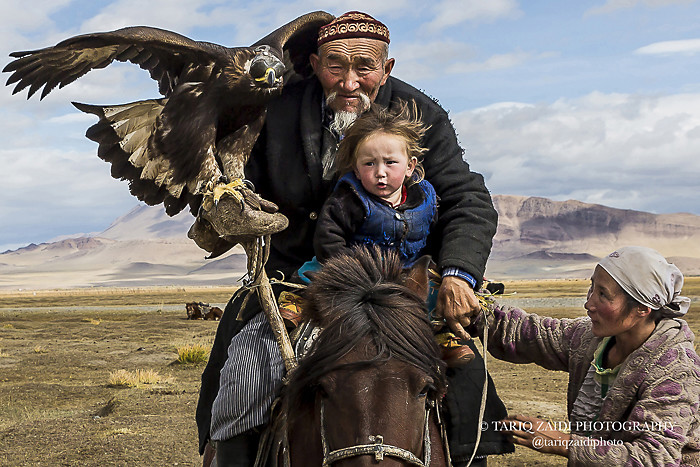
All the projects I do are work, are ongoing. I don’t know when they will stop, when I think I’ve got enough for a book or a large exhibition maybe. But it’s all ongoing and I try to go back to these communities as much as I can. I get closer to the communities each time. I can only afford & physically handle about a month out at one time, its pretty hardcore being in these environments. But then I go back again.”
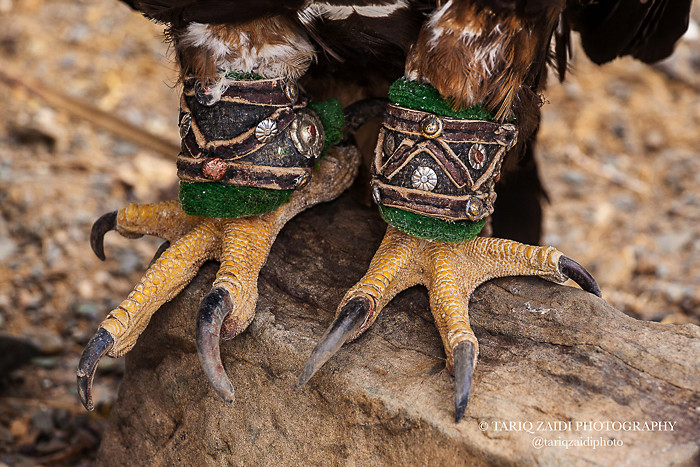
Do you have any other projects in the pipeline for the rest of the year?
“Yes. Whenever I see something or read something, I jot it down. Sometimes something comes out in the press that is fantastically done and I think, you know what… that person has photographed it or videoed it fantastically, I’m going to let it go because they have done a wonderful job. Sometimes I see things that have been done a few times, but it’s just not good enough and I think, maybe I can do it better, hopefully I can do it differently, if I’m very lucky I can do it better & differently. That’s how I look at the choices for my projects. The other thing that happens as well is, in life there are things that happen, completely serendipitously. It can be people you meet or catalysts and I think it’s the time to do this now. I’ve been thinking about it for the last year or two years, I need to do it now.
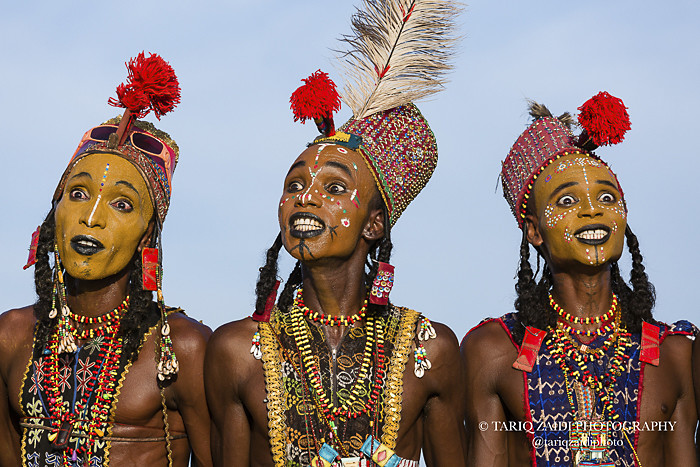
Sometimes I get assignments and I generally work with a lot of NGO’s specifically. The work I did in the jungle in Indonesia, Uganda, Siberia, Russia, was with an NGO. I don’t do it for the money, I do it because I love the work they are doing and I try to document what they are doing”.
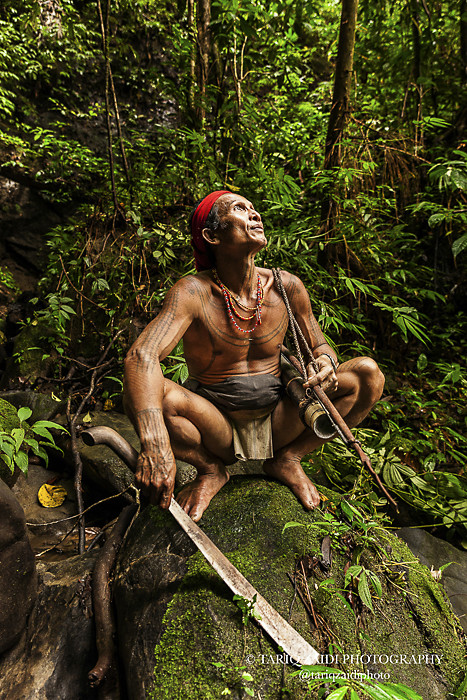
You have taught the Documentary & Photojournalism module of our Advanced DSLR Photography course, what advice do you have for aspiring Travel / Documentary photographers?
“You need to research. What has already been done, what are you going to do differently, what are you going to do better. I spend a hell of a lot of time researching what is out there already. Either about the countries, the people or the subject matter I want to tackle. You need to plan your trip well, logistically, factors like: is someone going to help you, do you have enough money, who are you going to meet with, who would you like to meet with, what story do you want to tell. Everything will most probably change when you are there, but it’s good to have a thought, an idea, a dream in your mind before you even start. One of the most important things is whatever you do, you have to be humble to the people you are working with, no judgment ever. If you are humble and respectful they will allow you to get closer to them, closer into their lives. That is where amazing images come from.
There is a quote by Ansel Adams – ‘Photographers don’t take photographs, they make photographs’. A lot of time is spent waiting. I don’t tell somebody, ‘why don’t you walk across there and stand right in the middle of those two cows’. There are a lot of photographers that do, but that’s not what I do. I wait for it to happen and that sucks, because it may happen or it may not happen. But, when it does happen you think to yourself that I absolutely nailed it. A lot of time is spent waiting for the right moment. You need to know what you want to happen. Making a photograph is about seeing something and having an image in your head and then running around to get the right position, light, components to make it happen.
You really do not need lots of equipment. I basically use one body and one 24-70mm lens, that’s pretty much it. To give you an idea, my total stuff that I take on a trip for a month, clothes, sleeping bag, camera, lenses, batteries, laptop weighs less than 10kg. If you want to take a good photograph it’s about the moment, it’s about the light, it’s about something special. It’s got nothing to do with your equipment.
The other thing I would say is study the masters, there are lots of them. A good place to start are the Magnum photographers. The older guys are quite remarkable, there is so much to learn from them. Another thing is when you’re working on a project and it’s just not happening and you are not happy with your images, don’t give up. The next day will be better or maybe something amazing happens right in front of you.
If you are doing a photo-story then you need to keep going back and stay around for a long time to develop that relationship with communities and places. When you have your set of 50-100 images that you absolutely love about the story that you want to tell, find an editor to have a look at the images with you. One thing myself and a lot of my colleagues do is get too involved with the photographs. Too involved with the story, rightly so. They are the only one who can say this doesn’t fit, this is rubbish. You have to get an editor to help you cut it down to 20 or so images that you can send out and hopefully get published or printed. It’s very important and a big lesson that I have learned in the last three years.
I would recommend that people look at the winners of the Photographer of the Year competition and the World Press Photo competition. You can learn a lot from them, you can get inspired. I also recommend the Time Magazine ‘Lightbox’ and the New York Times ‘Lens Blog’, both have amazing storytelling from around the world.
But most importantly, keep it personal, keep it honest and keep it you”.
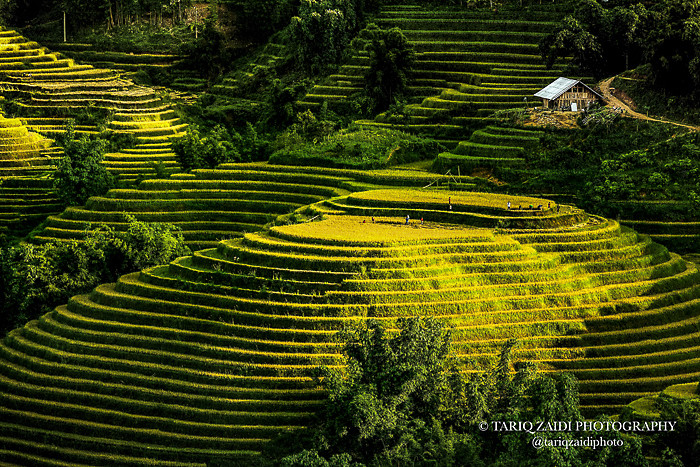
Are there any projects by other artists or photographers that you particularly like or can recommend?
“On the travel side I recommend Sebastião Salgado, a Brazilian genius. He has amazing black & white travel photography, it will blow any human being away.
The god of Documentary is James Nactwey. His images are iconic.
To prove my point about equipment, that a smartphone is enough, look at David Guttenfelder. He has almost a million Instagram followers, all of his images are taken on his smartphone and they are amazing photographs. He is trying to prove a point that you don’t need a DSLR and tons of equipment to take great photographs and he has proven it”.
______________________________________________________________
We want to say a massive thank you to Tariq for taking the time to speak to us and good luck with all of your projects for the rest of 2017! Please make sure that you follow him on his Facebook, Twitter & Instagram. To see more of his work head over to his website.
If you are interested in our Advanced DSLR Photography course, some more information can be seen here.
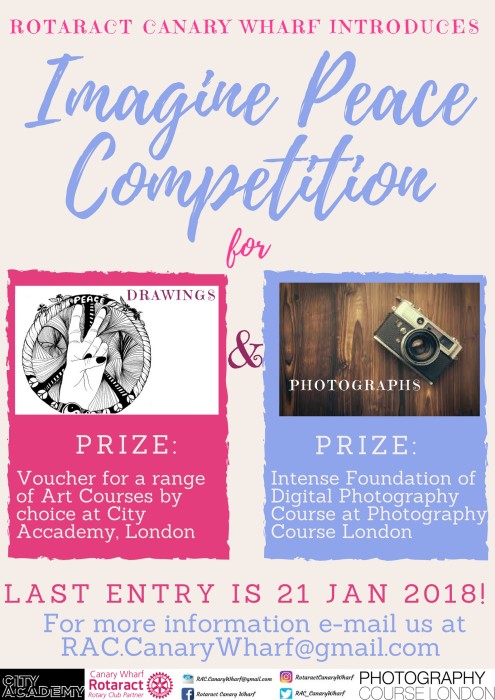
![]()
![]()


 Follow
Follow